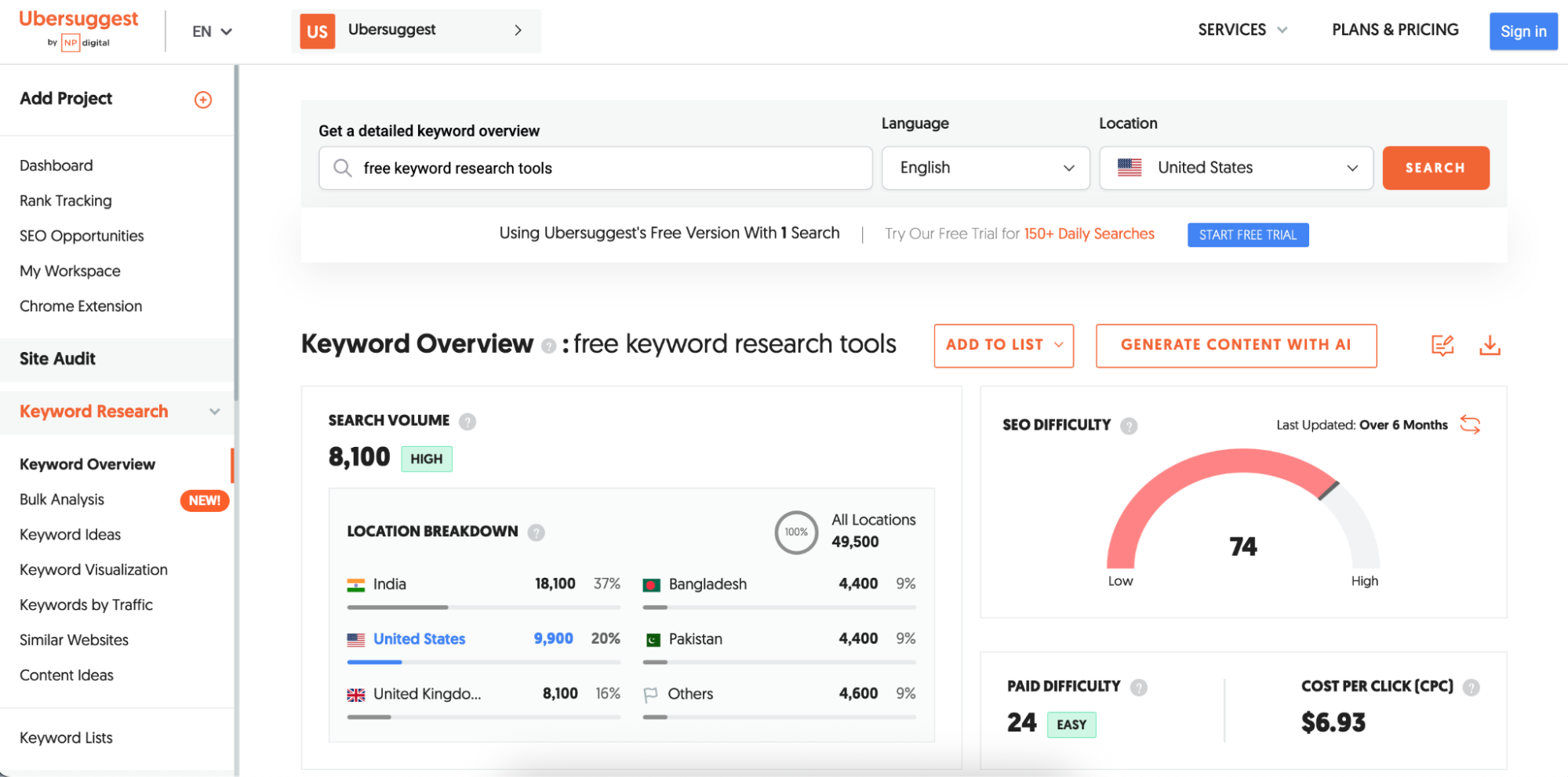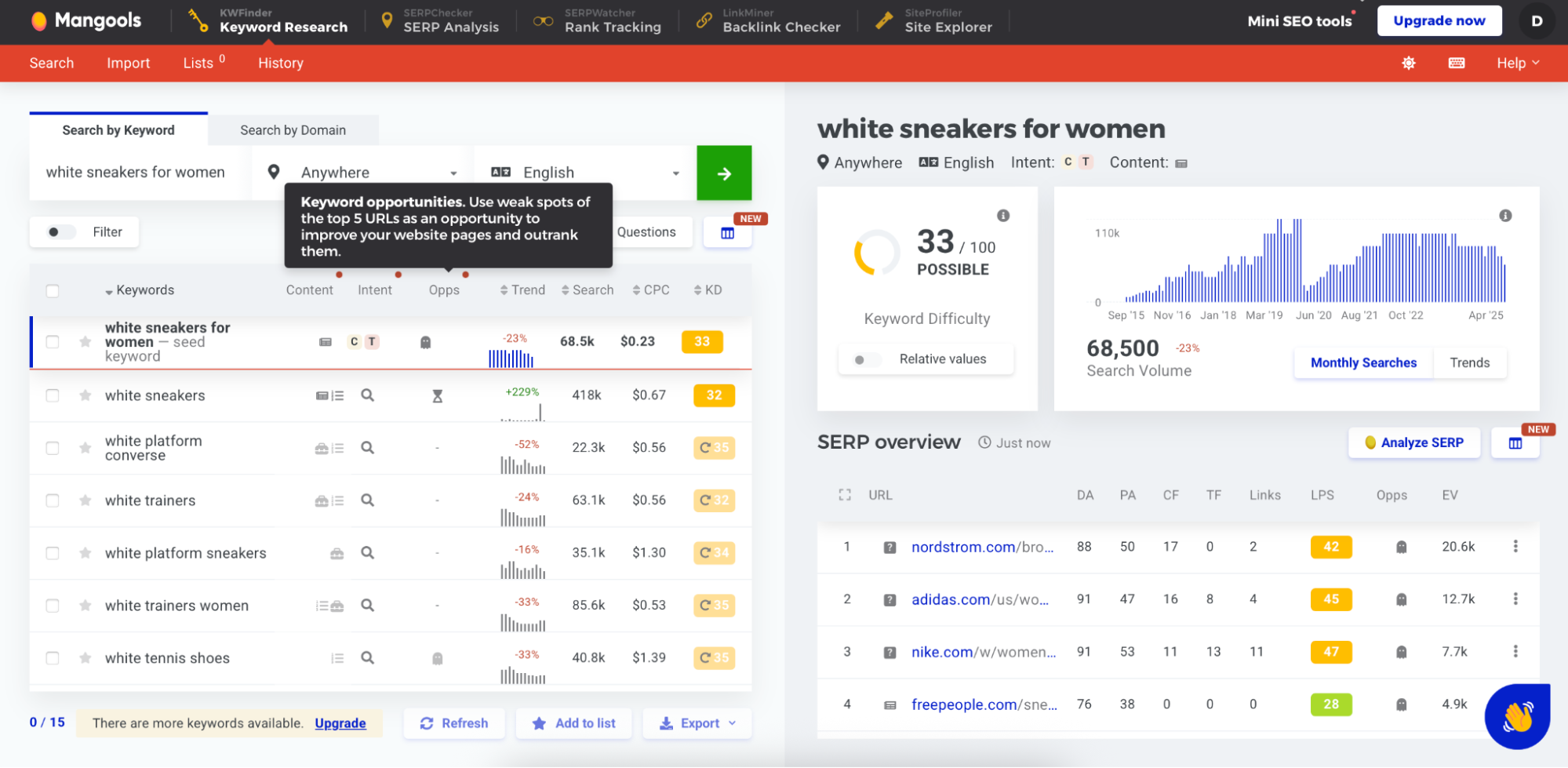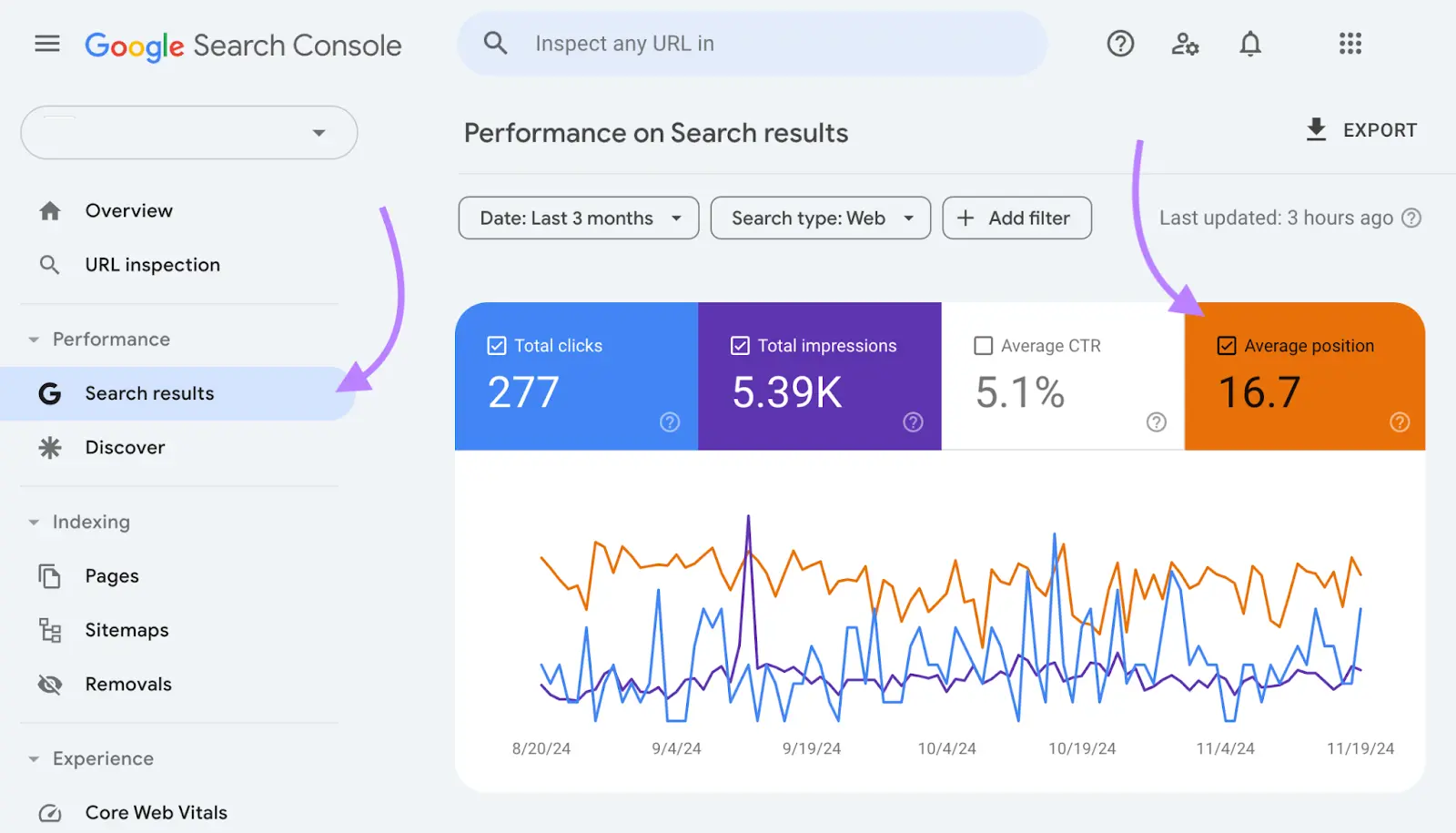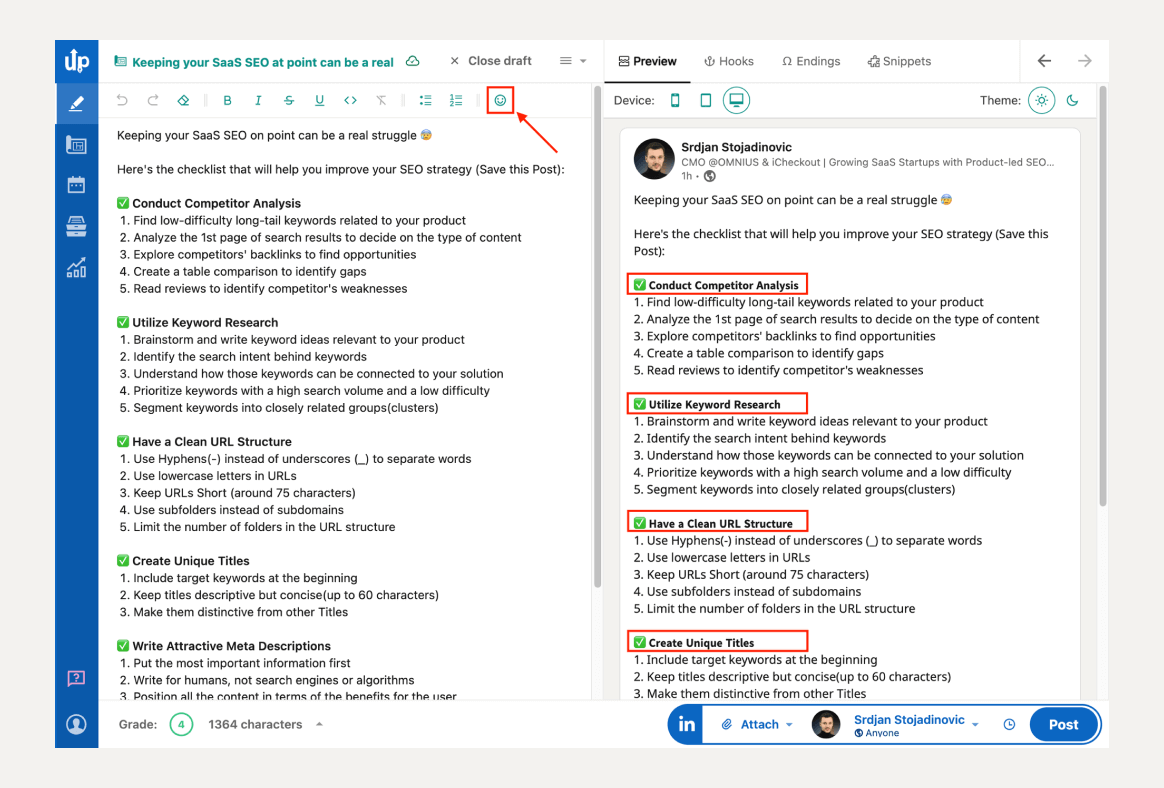Writing a Detailed, SEO-Friendly Blog Article on “The Best Horseback Trails in Europe”

When crafting a blog article on this topic, it’s important to combine engaging storytelling with practical information to attract and retain readers. Here’s how to approach it:
1. SEO-Friendly Content

- Keyword Research: Identify relevant keywords such as “best horseback trails Europe,” “horseback riding routes Europe,” and “equestrian trails Europe” to naturally incorporate throughout the article.
- Meta Description: Write a compelling meta description summarizing the article to improve click-through rates.
- Headings and Subheadings: Use clear, descriptive headings (H1, H2, H3) to organize content and help search engines understand the structure.
2. Detailed and Engaging Content

- Introduction: Start with an inviting introduction that highlights the allure of horseback riding across Europe’s scenic trails.
- Trail Descriptions: Provide vivid descriptions of each trail, including location, length, difficulty, scenery, and unique features.
- Local Insights: Include tips on the best times to visit, local culture, and any special events related to horseback riding.
3. Use of Tables

- Comparison Table: Create a table comparing key aspects of each trail such as distance, difficulty level, duration, and accessibility. This helps readers quickly assess options.
| Trail Name | Location | Distance | Difficulty | Duration | Accessibility |
|---|---|---|---|---|---|
| Camino de Santiago | Spain | 800 km | Moderate | 30 days | High |
| The Black Forest | Germany | 150 km | Easy | 7 days | Moderate |
4. Use of Lists
- Top Trails List: Present a numbered or bulleted list of the best horseback trails with brief highlights.
- Packing Tips: Include a checklist of essentials for horseback riding trips.
5. FAQ Section
- Address common questions such as:
- What is the best time of year for horseback riding in Europe?
- Are these trails suitable for beginners?
- What should I pack for a multi-day horseback trail?
6. Writing Style and Structure
- Use clear, concise language with descriptive adjectives to paint a vivid picture.
- Break up text with short paragraphs and bullet points for readability.
- Include calls to action encouraging readers to share their experiences or book a trail.
By integrating these elements, the blog article will be informative, engaging, and optimized for search engines, making it a valuable resource for horseback riding enthusiasts planning their next adventure in Europe.
